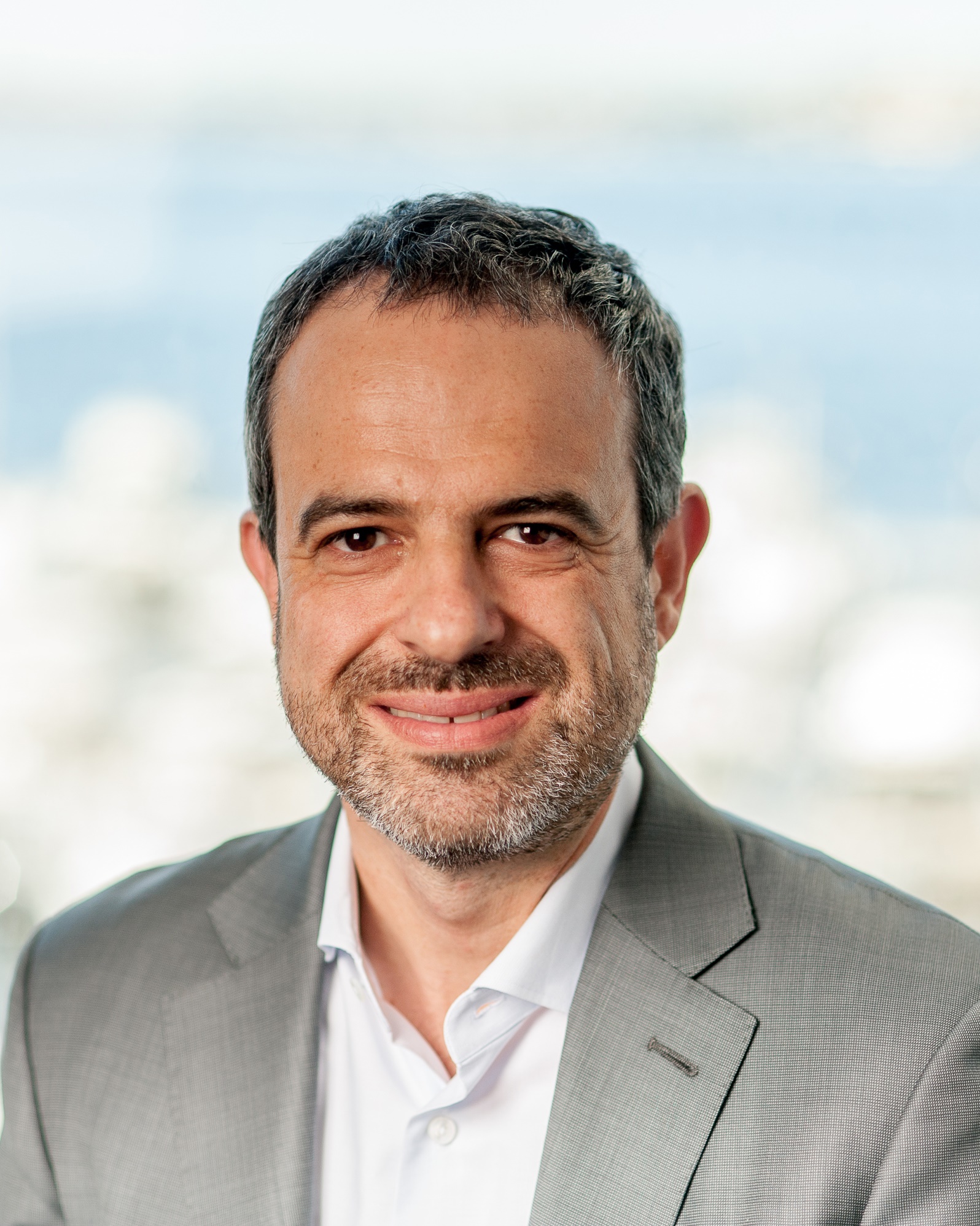
Dr Omar Khorshid
The benefits paid by different private health insurers for the same cardiology services – and likely out of pocket expenses – can vary by hundreds of dollars between companies, the AMA has shown.
In its latest Private Health Insurance Report Card for 2021 the AMA notes that each insurer has its own schedule of benefits that it pays for admitted medical services – and the different amounts paid by insurers for the same procedure can vary significantly.
It provides examples of the different fees paid by insurers for selected MBS-rebated services, with variations as great as 46% ($301.30 ) in fees for procedures for femoral or inguinal hernia or infantile hydrocele, or as small as 9% (40.25) for colonoscopy.
For coronary artery bypass procedures the AMA report shows that the MBS fee is $2451.55 but the fees paid by different insurers vary by 23%, ranging from a low of $3443.70 with nib to a high of $4246.10 with AHSA – a difference of $802.40.
Fees paid by other insurers for coronary artery bypass procedures are: BUPA $3677.30; HCF no gaps rate $3701.85; AHM/Medibank Private $3712.80 and HBF no gap rate $4045.05.
For cardiac percutaneous coronary intervention, the AMA report card notes there is a 12% variation in fees paid by insurers, with nib paying $2223.75 and AHSA paying $2487.60, representing a difference of $263.85 from highest to lowest.
The report authors say the level of benefits paid will depend on the particular insurance policy and the insurer’s arrangements with the treating doctor and the treating hospital, but clearly some patients would be facing significant gaps depends on their choice of insurer.
“When there is a difference between the doctor’s fee and the insurance benefit, out-of-pocket costs can occur. It is a common misunderstanding that the doctor’s fee is the reason for an out-of-pocket cost,” it says. “There can be a large difference in the amount an insurer will pay towards a medical service, and it varies from fund to fund and procedure to procedure.”
“These differences contribute to the out-of-pocket expenses patients incur and are also a good reason to look beyond just the price of the annual premium levels of an insurer to ensure that you get value for your insurance policy,” the report concludes.
Federal AMA President Dr Omar Khorshid noted that some private health funds paid different amounts out for the same procedure depending on the location.
“There’s still a big variation in terms of the chances of you getting a no gap experience, depending on which state you live in, with ACT having the worst experience there. And you’ve got the best chance of being fully covered if you live in South Australia or WA, but again, it depends on which fund you are with as to what your experience will be,” he said.
“Insurers are responding by doing all sorts of tricky things in order to keep their costs down, and those are having negative impacts on patients. So, what we would like to see is an independent authority that actually takes some of the complexities around health insurance, helps simplify them; helps us deliver reform in this area to make sure that our health insurance system continues to do what it is doing now, which is providing affordable medical care, in particular elective surgery, to Australians who chose to take it out.”
The AMA’s latest report comes on the heels of data released by the Australian Prudential Regulation Authority (APRA), which showed an after-tax profit of $1.8 billion for private health insurers in the year to September 2021.
“Insurers should be returning money to policy holders from their windfall profits due to lockdowns in 2021, when many Australians couldn’t access the healthcare they’d bought insurance to cover,” Dr Khorshid said.
“Cashed-up funds should not be profiting from the hardship suffered by many Australians.